The Hanriot monoplane is easily one of the most beautiful flying machines of the prewar era. Designed by a builder of racing boats, she immediately turns heads with her sleek laminated wood fuselage and her sailing ship inspired tailplane. I hope that this build captures not only the looks but also the flying experience of the original.
For starters, much like any plane of that era, she is light but slow. She takes off by itself at 50 mph and cruises leisurely at 75. Fuel is limited to the size of the over wing fuel tank so you really can't do anything but fly a couple of show rounds around the public before touching down again.
Ok Touching down: fitting for the period, the plane is pretty hard to getting to land. You really have to lower power to 50% and actively push the stick almost completely forward to just stop climbing. Also because of the unique undercarriage 'sled' you have to land the plane with a hefty portion of nose up to avoid the top of the landing gear arrangement digging in. Unfortunately this doesn't really keep the plane from digging in nose-first if you apply too much brake on landing. You really have to wait until the ground speed is below 25 mph before applying brakes, even accidentally. Again like most planes of that era, she goes head-over really fast
Otherwise, the plane is as straightforward as it gets: no flaps, no instruments, just your standard joystick layout. Ah, yes. The VTOL slider makes the pilot wave his hand because... Why not*
Ps, the figure for the pilot is available Here. His head Here
Specifications
Spotlights
- fleia262 2 months ago
- Trainzo 2 months ago
- Sgtk 2 months ago
- MAHADI 2 months ago
- ThomasRoderick 2 months ago
- RicardoACE 2 months ago
- Aghsan22 2 months ago
- Rondine 2 months ago
- WinsWings 6 days ago
- JBPAviation 2 months ago
- TheRealGoober 2 months ago
General Characteristics
- Predecessor Early Aviation Challenge
- Created On Android
- Wingspan 39.3ft (12.0m)
- Length 36.4ft (11.1m)
- Height 11.4ft (3.5m)
- Empty Weight 7,696lbs (3,490kg)
- Loaded Weight 7,771lbs (3,525kg)
Performance
- Horse Power/Weight Ratio 0.048
- Wing Loading 5.9lbs/ft2 (28.7kg/m2)
- Wing Area 1,321.3ft2 (122.8m2)
- Drag Points 6714
Parts
- Number of Parts 209
- Control Surfaces 0
- Performance Cost 699

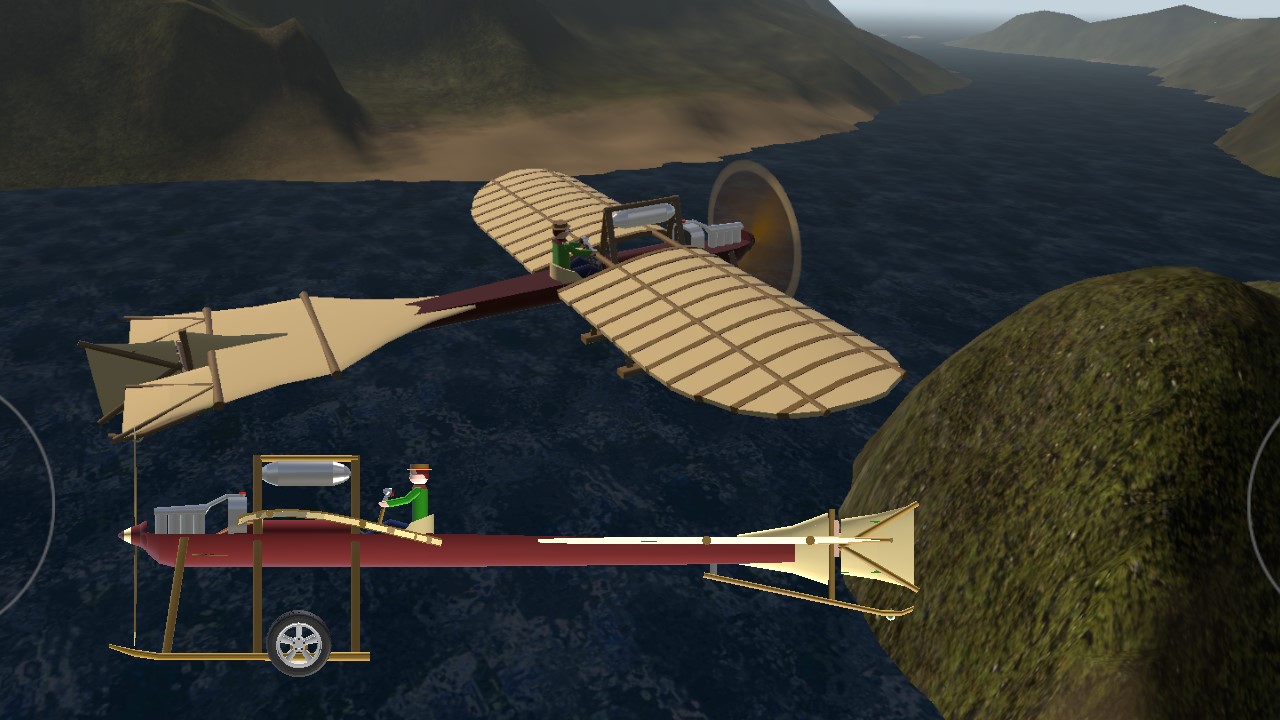
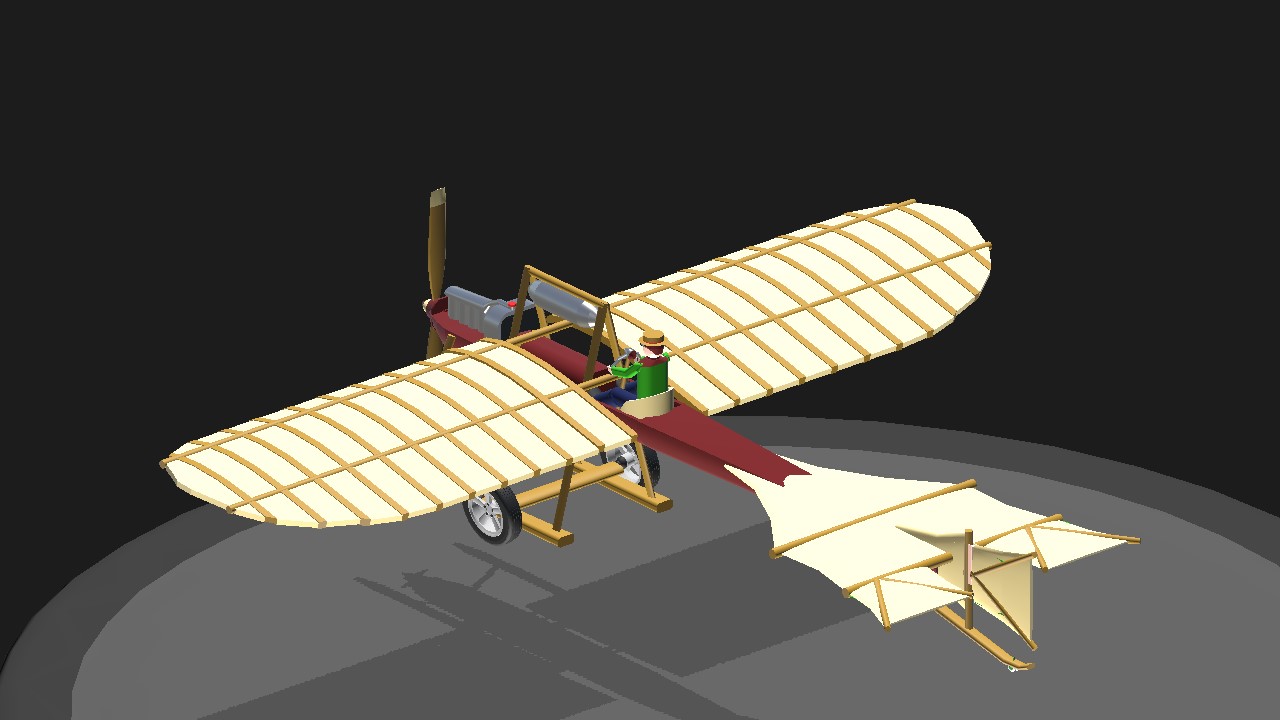
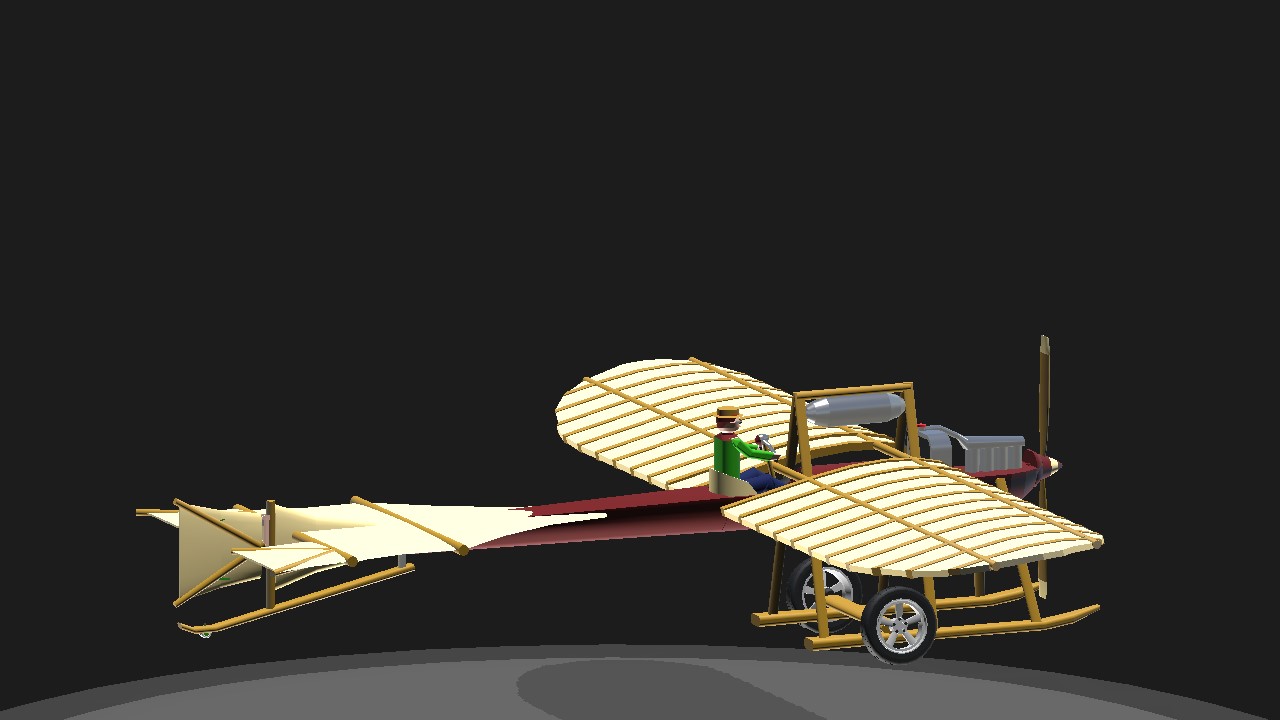

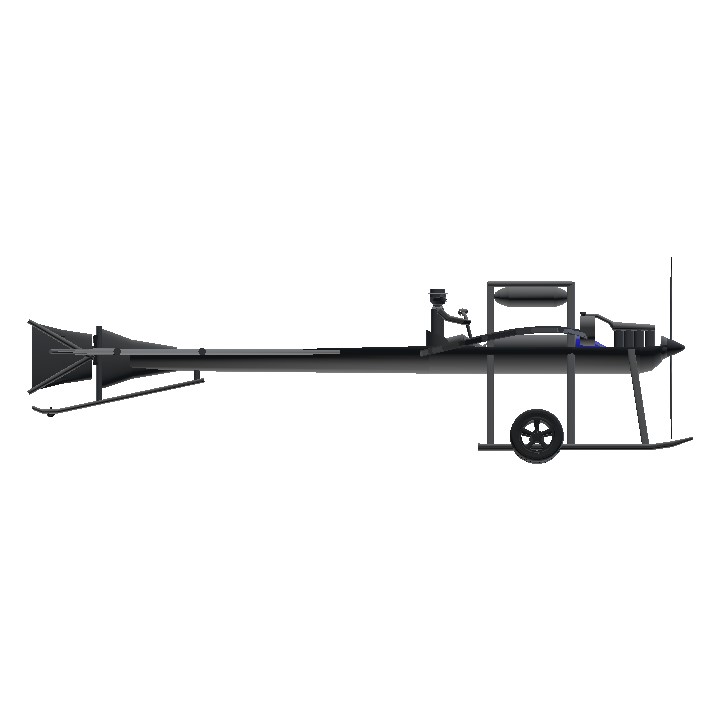
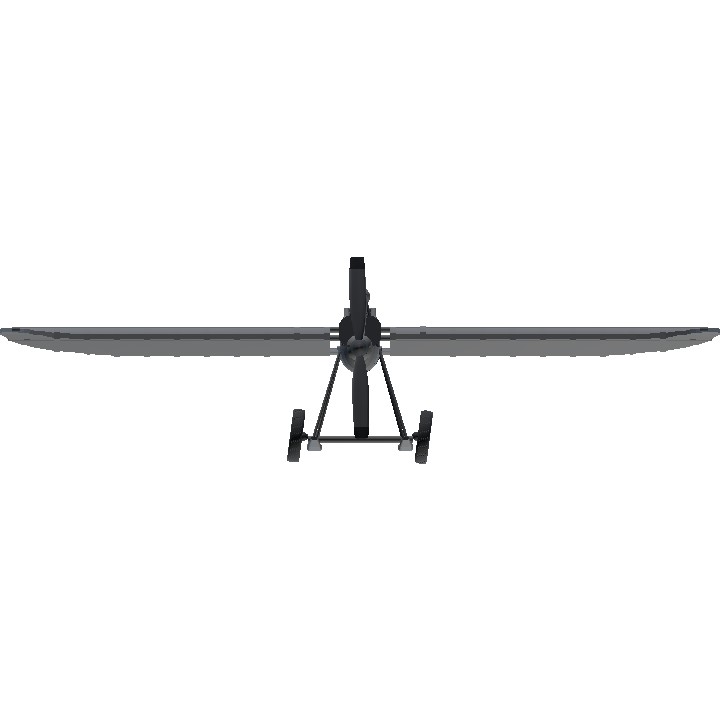
beautiful work
That's a cool one
GREAT historic plane .
@LonelySea22 I actually tried 'full' wing warping by giving every segment of the wing its own rotator and move it 2 degrees up or down. Unfortunately I ran into too many problems with stability and ended up with wing flapping instead. This was the best doable solution.
But yea, I tried to incorporate as many historically accurate details as possible. So the wings move as a whole and the steering column is a prewar French 'Cloche' type
Wing warping!